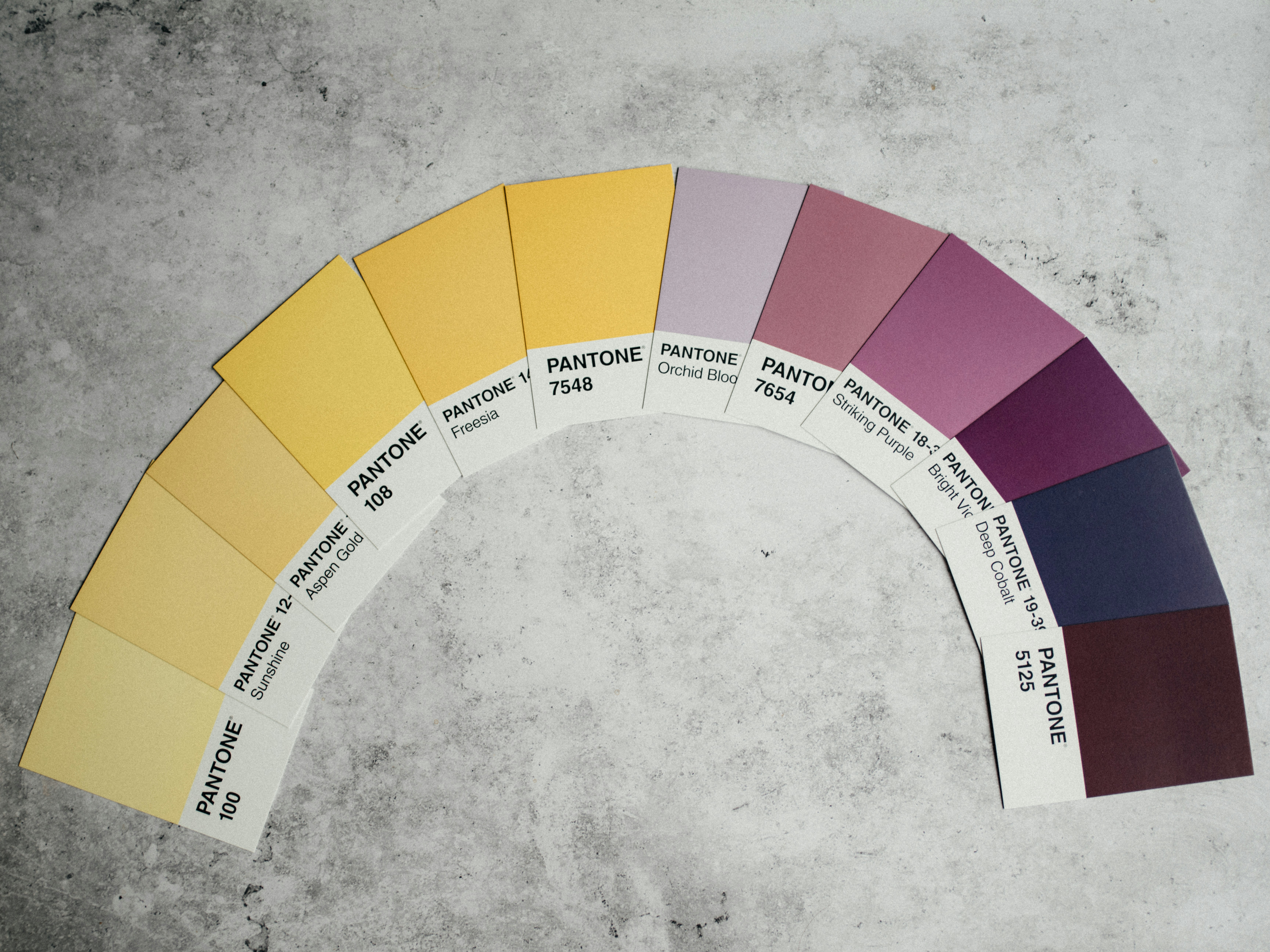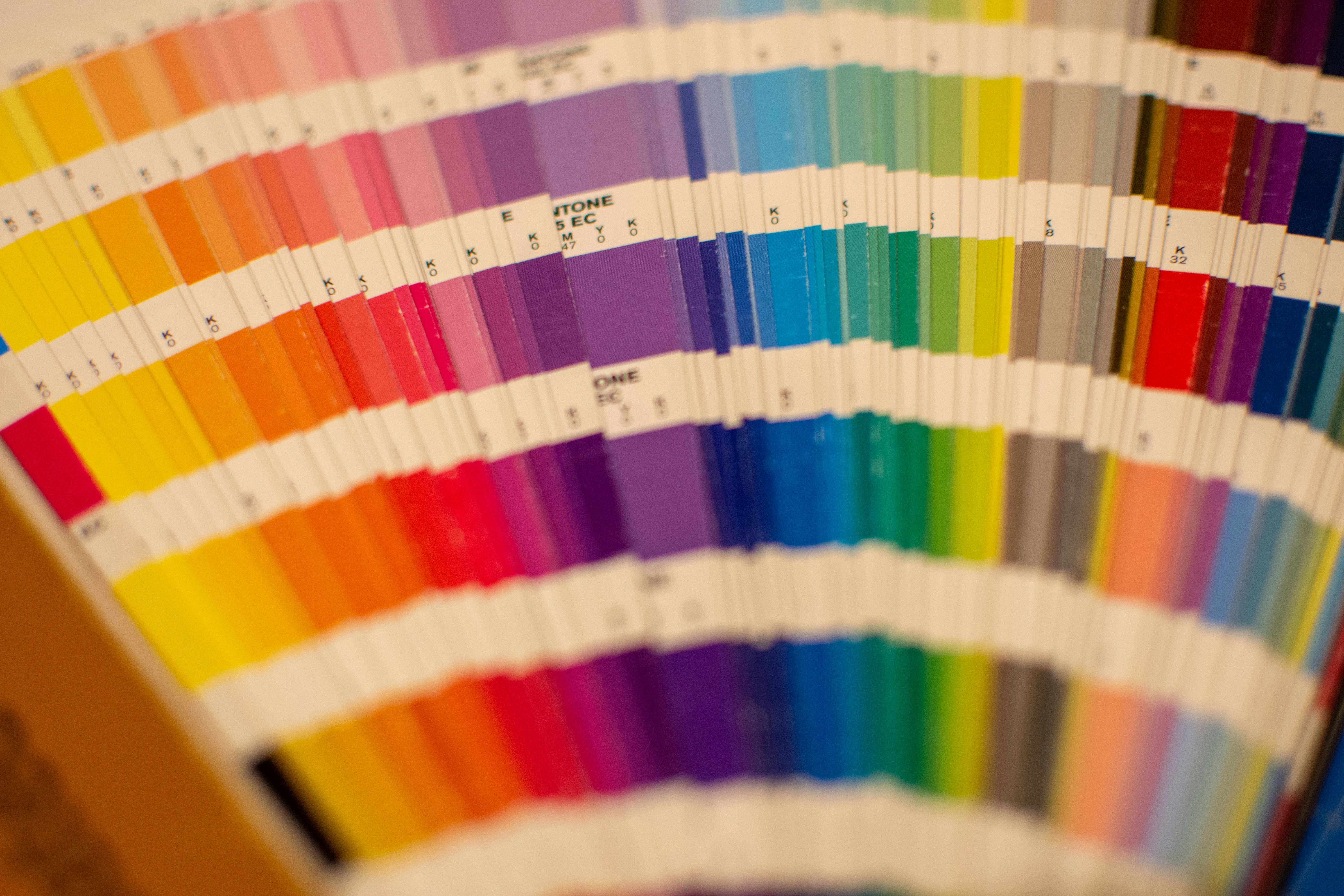The Art of Nostalgia: Heal Emotional Wounds Through Your Past
The past holds immense power. By tapping into our memories and experiences, a process known as nostalgia, we can unlock profound healing and emotional well-being. In an era marked by constant change and uncertainty, revisiting the moments that shaped us can provide comfort and insight. In this article, we'll explore how engaging with your past can enhance mental health, foster connections, and guide you on a transformative journey toward well-being.
What is Nostalgia, and Why Does It Matter?

Nostalgia is more than just a wistful recollection of times gone by. It's a complex emotional experience that intertwines the joy of remembering with the pain of longing for what has been lost. Studies show that nostalgia can serve as a psychological resource, helping individuals confront sadness or anxiety by recalling happier moments. (Source: Harvard Health Publishing).
Why should you care about nostalgia? Because it can be a powerful tool for healing. By actively engaging with your memories, you not only revisit joyous occasions but also build a stronger sense of identity. This process can alleviate feelings of loneliness and increase motivation, contributing to an overall improvement in mental health.
The Science Behind Nostalgia

Research has consistently indicated that nostalgia can provide certain health benefits. According to studies published in psychological journals, nostalgic reflection often leads to greater feelings of connectedness and happiness. For instance, when individuals recall fond experiences, they report feeling less anxious and more socially connected—a profound effect on emotional well-being.
Moreover, nostalgia can help secure a sense of continuity in life. When faced with uncertainty or significant changes, reflecting on positive past experiences can instill a sense of stability and purpose, allowing individuals to navigate challenges more effectively. This continuity becomes a touchstone, reminding us of our strengths and capabilities.
How Engaging with Your Past Can Heal Emotional Wounds

Engaging with your past can provide tools for healing emotional wounds. Here’s how this transformative practice can enhance your mental health and well-being.
1. Reflection and Mindfulness

Taking time to reflect on your past incorporates principles of mindfulness. By being present in your memories, you allow yourself to process emotions that may have been suppressed. Activities like journaling or creating a memory box can assist in articulating feelings associated with specific memories, uncovering insights, and recognizing patterns in your emotional responses.
In today’s fast-paced world, intentionally slowing down to reconnect with your past can be refreshing. Engaging in mindfulness practices, such as meditation or yoga, can enhance the nostalgia experience, providing a grounding effect that complements emotional exploration.
2. Building Connections

Nostalgia often revolves around shared experiences, making it an excellent platform for rekindling social connections. Reach out to old friends or family members and reminisce about shared memories. This practice doesn’t just embellish your past; it also reinforces your relationships and builds a support network.
Such connections are vital for emotional well-being. Engaging in conversations about your past can lead to laughter, catharsis, and a renewed sense of belonging.
3. Fostering Gratitude

Reflecting on positive moments in your life cultivates gratitude—a powerful antidote to negative emotions. When you focus on the positive aspects of your past, you develop a mindset that appreciates the good, even amid challenges. This shift can enhance your overall outlook on life.
Practicing gratitude can also improve resilience, helping individuals navigate future adversities with a more robust emotional toolkit. Research indicates that gratitude can enhance well-being and lead to a more positive emotional state, making it a crucial component of mental health strategies.
4. Creative Expression

Engaging with your past can inspire creative expression. Whether through writing, art, or music, these creative outlets can channel your nostalgic feelings into something constructive. This expression fosters healing by allowing you to articulate emotions that may be difficult to convey in words.
Consider taking up a hobby like painting or writing poetry. Not only will you have the opportunity to explore your emotions creatively, but you may also uncover deeper layers of self-knowledge and healing in the process.
5. Learning to Let Go
While nostalgia often focuses on happy memories, it can also assist in processing painful experiences. By revisiting these moments in a safe and supportive environment, individuals can begin to understand their emotions and let go of unresolved feelings. This is an essential part of the healing process and can ultimately lead to new perspectives on past traumas.
For instance, engaging in therapy or group discussions that encourage sharing painful memories can help alleviate guilt, shame, or sorrow. By socially acknowledging these experiences, you allow for healing and empowerment.
Practical Ways to Engage with Your Past
Now that we’ve explored how nostalgia can foster emotional healing, here are some practical ways to engage with your past:
1. Create a Memory Journal
Start a personal journal devoted to your memories. Write about significant events, feelings, or milestones that have shaped you. This journal is not for anyone else but you—let it be a safe space for self-expression.
2. Curate a Nostalgia Playlist
Music has the unique power to evoke memories. Create a playlist of songs that remind you of special moments, loved ones, or transformative experiences. Play these songs during quiet reflection or when seeking comfort.
3. Compile a Memory Box
Gather photographs, mementos, and objects that represent important moments from your past. Create a memory box and revisit it whenever you need a boost of nostalgia. Not only does this serve as a tangible reminder of happy times, but it also offers an opportunity for meaningful reflection.
4. Host a Memory Gathering
Organize a gathering with friends or family, inviting each person to share a cherished memory. This not only builds connections but creates a hybrid of nostalgia that flourishes in shared moments. This exercise can spark laughter, learning, and insights.
5. Engage in Creative Projects
Take up creative hobbies that allow exploration of your memories through different forms of art. Paint, doodle, write stories, or create collages that resonate with your past experiences. This approach also ventures into self-discovery, enabling a deeper conversation with yourself.
The Balance Between Nostalgia and Present Awareness
While nostalgia has the power to heal, it’s essential to strike a balance between revisiting the past and remaining engaged in the present. Overindulgence in nostalgia can hinder our ability to address current life challenges. Acknowledging the lessons learned from memories allows you to take proactive steps and make informed choices for your well-being in the here and now.
Incorporating mindfulness practices from time to time ensures that while you may enjoy past experiences, you’re not excessively dwelling on them. Balance is critical: learn from the past while actively participating in life and its ongoing narrative.
Successful Case Studies: Real-Life Applications of Nostalgia
Numerous individuals and communities have successfully harnessed the power of nostalgia for mental and emotional healing. From therapy programs that incorporate nostalgia to age-old traditions where storytelling acts as a means of connection, you can observe how engaging with the past has profound effects.
For example, some rehabilitation centers integrate memory exercises into their programs, allowing individuals to connect with their lived experiences for deeper emotional growth. Families often find healing through shared stories of resilience during gatherings, exemplifying the communal nature of nostalgia. These anecdotes not only assure individuals of their connectivity but also showcase the potential for richer, healthier lives built on collective memories.
Emotional Resilience in a Changing World
In our ever-changing world, tapping into nostalgia can offer solace during tough times. As we face global uncertainties, personal challenges, and technological advances, revisiting what we hold dear can fortify our emotional resilience.
Embrace the art of nostalgia as a form of self-care that deepens your understanding of your feelings, fosters connections, and encourages gratitude. By drawing strength from your past experiences, you will find yourself better equipped to navigate your present and future.
Next Steps: Embrace Nostalgia for Emotional Wellness
As we conclude, it’s time for you to embrace the rich tapestry of your past as a vital source of emotional strength and healing. Begin by taking small steps—maintain a memory journal, share your stories with loved ones, and don’t hesitate to engage with your past creatively.
Explore external resources like mindfulness techniques to further encompass the power of presence. Transformative health begins with engagement—understand your history to unlock potential for growth and healing.
Take your first step today, and remember: your past is a treasure chest, waiting for you to rediscover its jewels.



